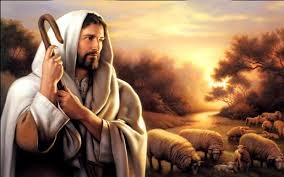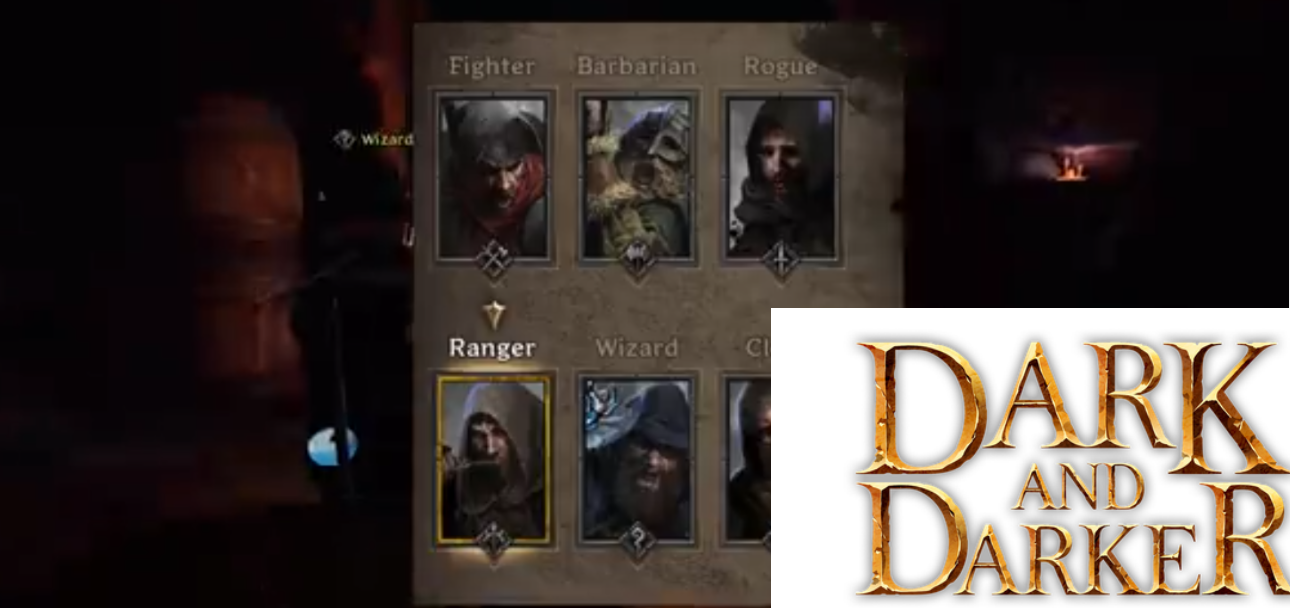Where Is The Fighter At Their Best & Worst?
The Fighter is the frontline man or woman in Dark and Darker that gamers choose in the event that they need to tank for their squad, be inside the thick of warfare, or put on traditional plate armor that knights are iconically visible in. It's a sword and protect elegance (with the aid of default) that has lots of options to make it tankier, deliver it extra weapon choices, or any kind of different options. But, in which precisely does the Fighter excel, and what are its shortcomings? Let's examine their pros and cons:
Pros The Fighter has an alternative for each situation, as a minimum if the participant in control of them has prepared for it. They can use ranged guns, -handed weapons, daggers, one-handed weapons, and more. They're the best man or woman with a quick-cooldown movement pace potential, AKA Sprint. It has one of the fine healing Skills with Second Wind.
The Fighter is one of the tankiest characters, 2nd simplest to the Barbarian, and can even beat their defense depending at the armor worn. Is top if no longer remarkable in most areas. Cons Because the Fighter is as a minimum 'right' at everything, it is not the 'pleasant' in any department. Their Skills are useful but quite boring to apply ordinary, which makes the magnificence feel a chunk flat. Is unable to apply Spells of any type. With the way blocking off works in the modern-day kingdom of Dark and Darker, using a Shield isn't a surefire defensive alternative.
When blanketed in armor the Fighter is one of the slowest instructions in movement velocity and one of the loudest so their stealth potential is pretty low. Has one of the weakest default weapons in the game, and essentially needs a constant deliver of higher weapons from looting or from the Weaponsmith merchant. The Fighter's Best Skill Options.
As cited within the Fighter's cons, this magnificence doesn't have a ton of awesome Skill options. It has 6 alternatives, and handiest two of them are universally useful, even as the rest are pretty situational. Those two recommended choices are Second Wind and Sprint, and that is why:
Second Wind is a 50 percentage HP Heal and also cancels out the facet consequences from Adrenaline Rush. The only drawback is it's miles a one-time use in step with suit. Sprint will increase the Fighter's motion speed by way of 50 percentage for about 5 seconds or so. The Fighter is sort of as gradual as the Barbarian whilst wearing armor, so having this feature in reality gives them the danger to shut in on enemies..
Now a few gamers will swear by Adrenaline Rush over Sprint or Victory Strike over Second Wind. And, at the same time as those are exact options, they're a bit too specific to work as general replacements.
All servers of Dark and Darker Gold Coins on MMOexp.com.
Where Is The Fighter At Their Best & Worst?
The Fighter is the frontline man or woman in Dark and Darker that gamers choose in the event that they need to tank for their squad, be inside the thick of warfare, or put on traditional plate armor that knights are iconically visible in. It's a sword and protect elegance (with the aid of default) that has lots of options to make it tankier, deliver it extra weapon choices, or any kind of different options. But, in which precisely does the Fighter excel, and what are its shortcomings? Let's examine their pros and cons:
Pros The Fighter has an alternative for each situation, as a minimum if the participant in control of them has prepared for it. They can use ranged guns, -handed weapons, daggers, one-handed weapons, and more. They're the best man or woman with a quick-cooldown movement pace potential, AKA Sprint. It has one of the fine healing Skills with Second Wind.
The Fighter is one of the tankiest characters, 2nd simplest to the Barbarian, and can even beat their defense depending at the armor worn. Is top if no longer remarkable in most areas. Cons Because the Fighter is as a minimum 'right' at everything, it is not the 'pleasant' in any department. Their Skills are useful but quite boring to apply ordinary, which makes the magnificence feel a chunk flat. Is unable to apply Spells of any type. With the way blocking off works in the modern-day kingdom of Dark and Darker, using a Shield isn't a surefire defensive alternative.
When blanketed in armor the Fighter is one of the slowest instructions in movement velocity and one of the loudest so their stealth potential is pretty low. Has one of the weakest default weapons in the game, and essentially needs a constant deliver of higher weapons from looting or from the Weaponsmith merchant. The Fighter's Best Skill Options.
As cited within the Fighter's cons, this magnificence doesn't have a ton of awesome Skill options. It has 6 alternatives, and handiest two of them are universally useful, even as the rest are pretty situational. Those two recommended choices are Second Wind and Sprint, and that is why:
Second Wind is a 50 percentage HP Heal and also cancels out the facet consequences from Adrenaline Rush. The only drawback is it's miles a one-time use in step with suit. Sprint will increase the Fighter's motion speed by way of 50 percentage for about 5 seconds or so. The Fighter is sort of as gradual as the Barbarian whilst wearing armor, so having this feature in reality gives them the danger to shut in on enemies..
Now a few gamers will swear by Adrenaline Rush over Sprint or Victory Strike over Second Wind. And, at the same time as those are exact options, they're a bit too specific to work as general replacements.
All servers of Dark and Darker Gold Coins on MMOexp.com.















